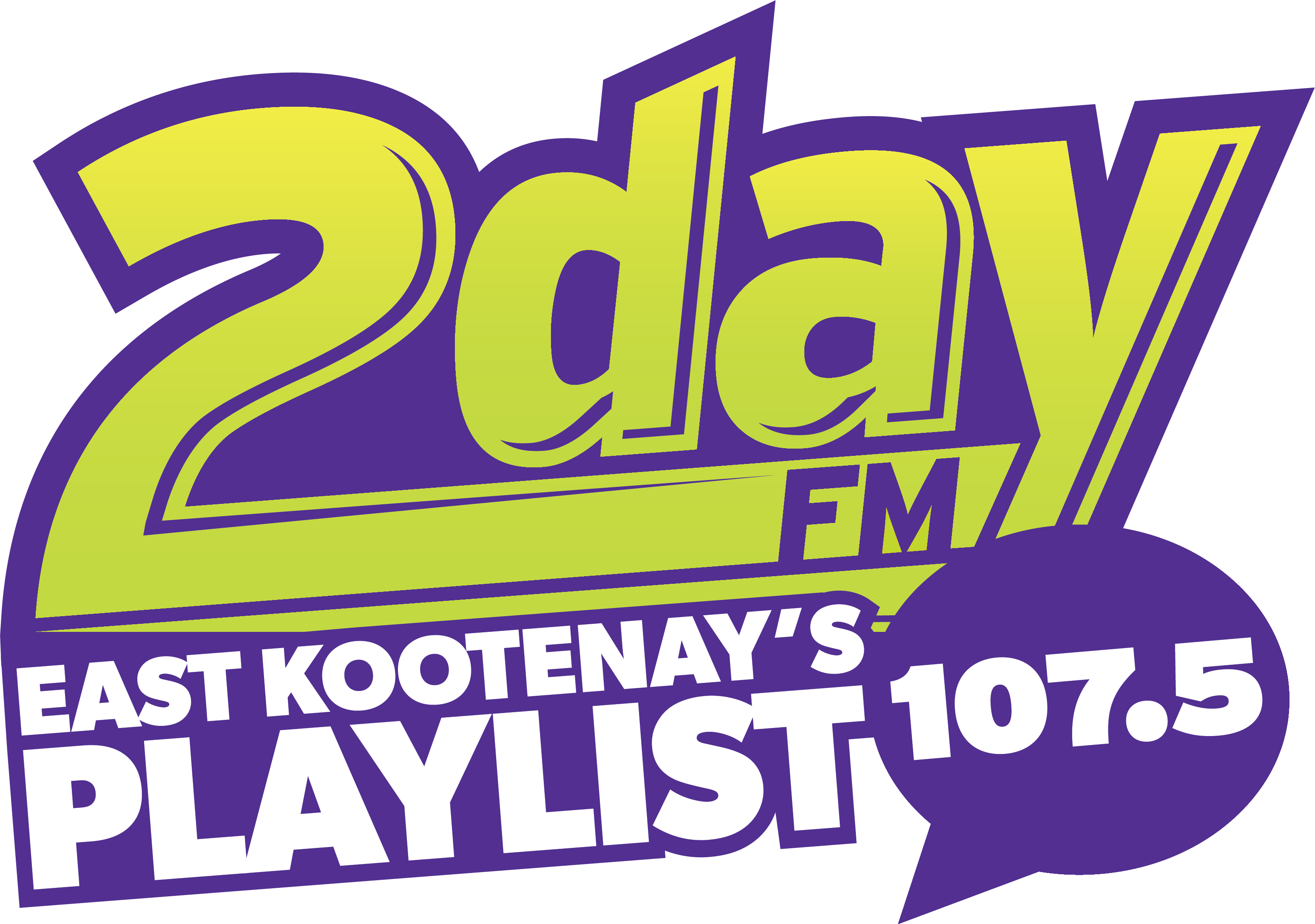The team behind a project aimed at amplifying rural voices in healthcare decision-making is seeking public input to help guide future decision-making.
The project, named ‘Closing the Gap,’ is conducted by the BC Rural Health Network and UBC Centre for Rural Health Research with funding from the Social Planning and Research Council.
Dr. Jude Kornelsen, co-director of the UBC Centre for Rural Health Research said the study will look into the gap between rural community voices and uptake in policy planning.
Kornelsen said this follows a study on rural health care and planning priorities.
“What I didn’t expect was a lot of the open text comments where people wrote very unequivocally that they wish they had more of a voice and a role in healthcare planning,” said Kornelsen. “They felt disconnected from regional health authority engagement and provincial engagement, and they had a lot of ideas that could be very useful in healthcare planning.”
Kornelsen said the healthcare sector tries to represent the population, but occasionally falls short.
“Sometimes I think the institutional sway of how we set up healthcare right now makes it really difficult to hear community voice and more difficult to place it in the planning milieu that happens when policies are formed,” explained Kornelsen. “We think this is not really important, but essential to happen if we’re going to have responsive healthcare in B.C.”
Paul Adams, BC Rural Health Network executive director said rural communities and individuals regularly feel uninformed and disengaged with the healthcare sector.
“We need to provide the lived and living experience of those residents and understand more about where the disconnect happens and how to build bridges back to the Ministry of Health,” said Adams. “We really need to hear from communities on solutions to their individual local problems. Every community in B.C. is unique, so we cannot have a one-size-fits-all solution for all rural populations.”
Kornelsen said including rural voices in decision-making will improve health outcomes for patients, which will have broader implications for the community.
“We know there’s better satisfaction and there’s more stability when we actually listen to community responsive needs,” explained Kornelsen. “At the core of it, it’s creating the democratization of health planning by involving the communities and people with lived and living experiences.”
Adams said having input and data from rural communities will help push necessary policies forward.
“That research piece is really critical to any advancing advocacy around rural health. Without having the actual feedback and understanding of what’s happening in a community, we’re just coming forward with our opinion,” said Adams. “We’re not pushing opinions, we want facts. We want the data behind the facts, so we’re not just coming to the table with a complaint, and we’re coming with a solution in hand.”
You can participate in the study by following the link below.
More: Closing the Gap survey




